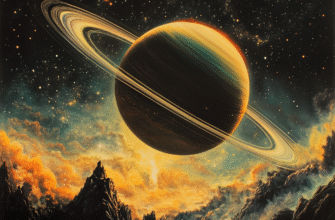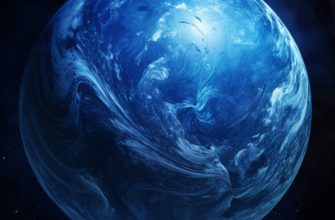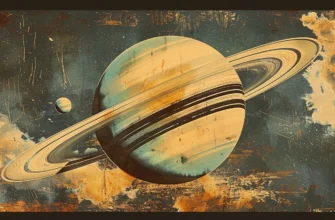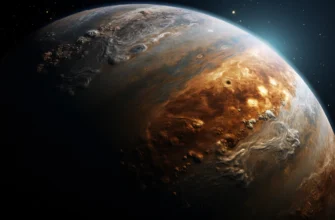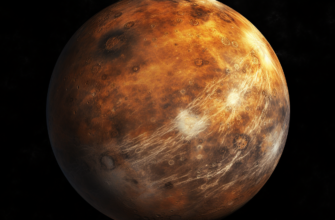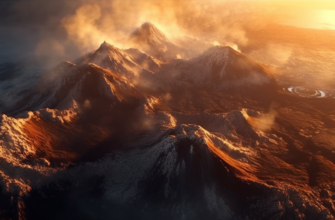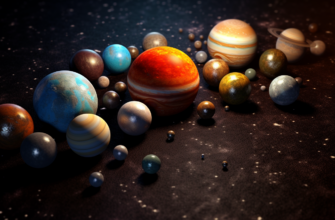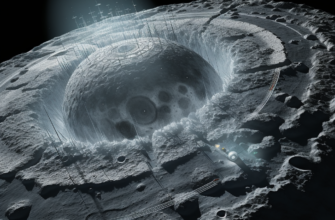Is Pluto a Planet? For over 75 years after its discovery, Pluto was considered the 9th planet in our solar system. But in 2006, the International Astronomical Union (IAU) controversially changed its classification to a “dwarf planet.” This sparked ongoing debate among scientists and the public over Pluto’s true nature. Should it be a full-fledged planet or not? An examination of the evidence reveals compelling cases on both sides.
- The Discovery of Pluto: Filling in a Planetary Gap
- The Demotion of Pluto: Is it Justified?
- Key Arguments to Restore Pluto as a Planet
- Arguments Supporting Pluto’s Dwarf Planet Status
- Where Does Pluto Truly Belong?
- The Hunt for a True Planet Nine
- The Discovery of Many More Dwarf Planets
- Studying Dwarf Planets to Understand the Early Solar System
- So, is Pluto a planet? Conclusion
The Discovery of Pluto: Filling in a Planetary Gap

Pluto’s story began in 1906 when Percival Lowell hypothesized a “Planet X” existed beyond Neptune to explain irregularities in Neptune’s orbit. He began a search for this mystery world from his Flagstaff, Arizona observatory. After Lowell’s death, the search continued at Lowell Observatory. On February 18, 1930, 23-year-old astronomer Clyde Tombaugh finally discovered Pluto.
Pluto fit neatly into a predicted planetary gap and appeared to validate the Titius-Bode law governing planetary spacing. With no reason to question its status, Pluto quickly became cemented as the 9th planet. But over subsequent decades, astronomers realized Pluto was an oddball that didn’t fit the mold of the other outer planets.
Key facts highlighting Pluto’s uniqueness:
- Its diameter of 1,400 miles is just 18% of Earth’s and smaller than several moons
- Its orbit is elliptical and inclined, swinging inside Neptune’s orbit at points
- Pluto is composed primarily of ice, unlike rocky inner planets and gas giants
- It has a moon, Charon, nearly half its own size, unlike any other planet
Still, no serious challenges to Pluto’s planethood arose until the early 2000s with new Kuiper Belt discoveries.
The Demotion of Pluto: Is it Justified?
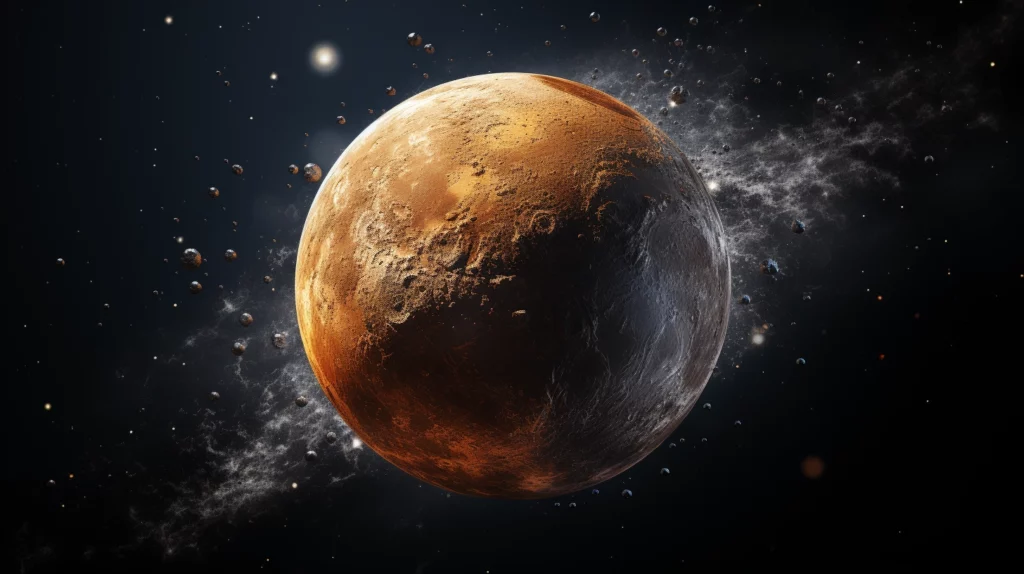
In 2005, astronomer Mike Brown discovered Eris, an icy body slightly larger than Pluto orbiting beyond Neptune. With Eris seemingly a twin of Pluto, the IAU reassessed the definition of a planet to determine whether Eris should join the club.
Their 2006 decision established three criteria for planethood:
- Orbits the Sun
- Has sufficient mass to be nearly round
- Has “cleared the neighborhood” around its orbit
Pluto met criteria 1 and 2. But it failed number 3, as its elliptical orbit overlaps the Kuiper Belt, allowing collisions with other Kuiper Belt Objects (KBOs). Eris also failed this test. So the IAU created a new category of “dwarf planets” for worlds like Pluto and Eris that orbit the Sun and are massive enough to be spherical but have not cleared their orbital neighborhood.
Many astronomers objected that this was a arbitrary excuse to demote Pluto. But the distinction does separate the 8 dominant, gravitationally-controlling planets from the dwarf planets and smaller KBOs. Still, the decision remains controversial.
Key Arguments to Restore Pluto as a Planet
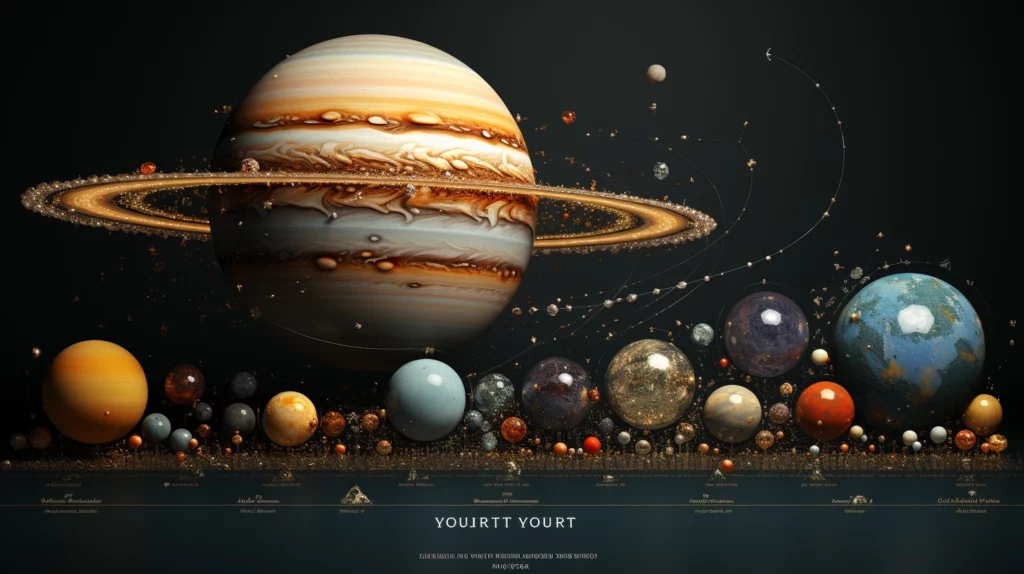
The debate continues as to whether Pluto deserves to be a full planet or remain a dwarf planet. Here are some of the top arguments made for Pluto’s planethood:
- Pluto meets the first two IAU criteria for a planet and has a number of planet-like qualities, including an atmosphere, weather, polar ice caps, and geological activity. It has more complex features than most asteroids and comets.
- New Horizons’ 2015 flyby revealed Pluto to have striking geological diversity across its surface, including mountains, glaciers, and possible cryovolcanoes, strengthening the case for it being a dynamic, complex planet.
- Pluto’s location amidst the Kuiper Belt should not affect its status. Planet Earth orbits amidst the asteroid belt yet is not disqualified.
- Pluto likely has cleared its orbit of debris over time through gravitational interactions. The number of collisions is low indicating orbital control.
- Setting an arbitrary orbital distance cut-off for planethood is flawed. No definition can perfectly classify what is ultimately a diverse spectrum of planetary bodies.
Reinstating Pluto would make students memorize 9 planets again, pleasing many educators. It could also rejuvenate public interest and engagement in planetary science. But there are also strong arguments for the dwarf planet distinction.
Arguments Supporting Pluto’s Dwarf Planet Status
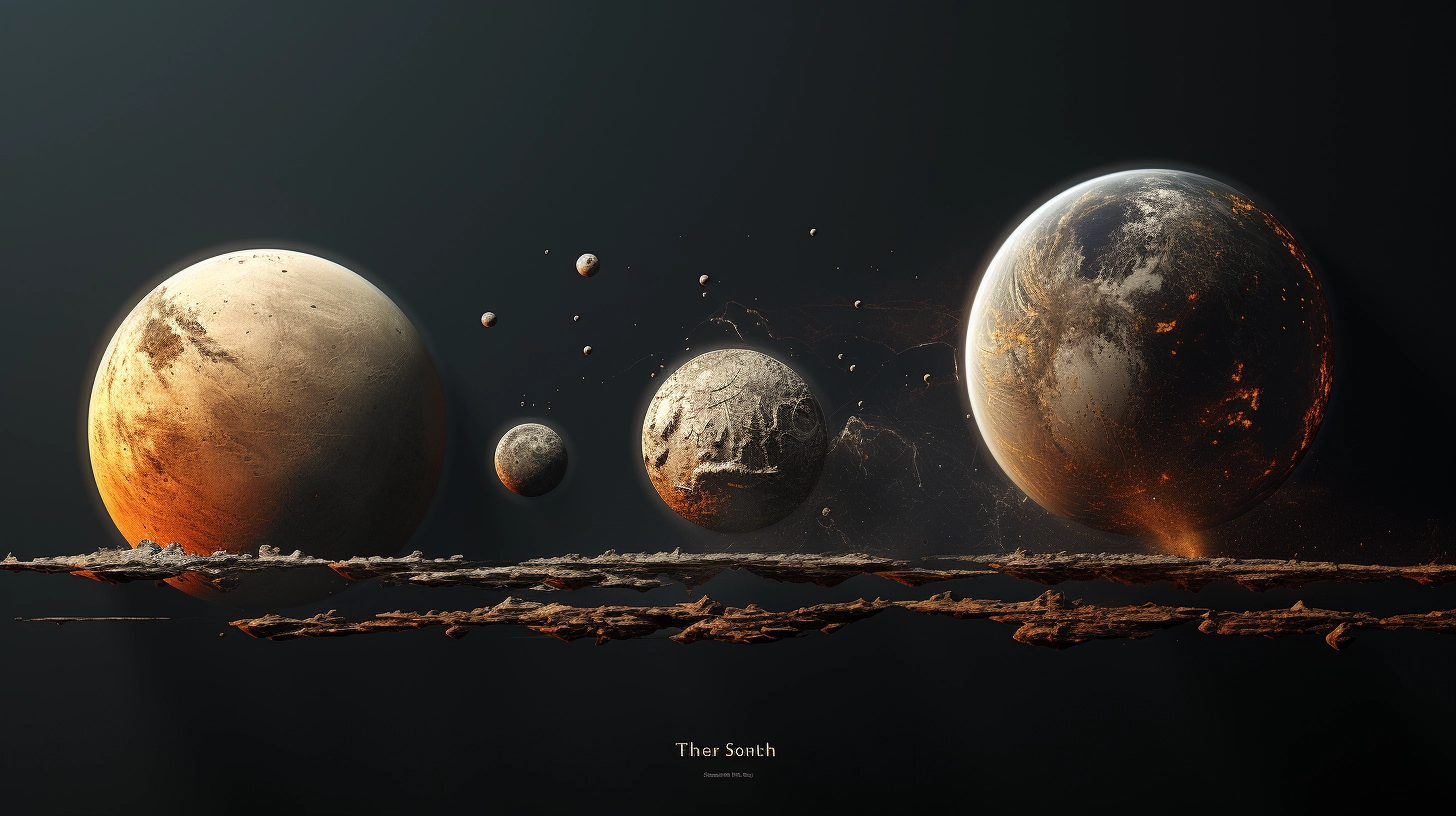
While the debate continues, here are several compelling arguments for why Pluto is appropriately categorized as a dwarf planet:
- Pluto is much smaller than the 8 major planets, with only 0.2% the mass of Earth. On many size and composition metrics, it is closer to a comet nucleus or large asteroid than a planet.
- Its orbit is more elliptical (0.248) and inclined (17.148°) than major planets, aligning it with many other KBOs beyond Neptune.
- Pluto fails to meet the IAU’s orbit-clearing requirement. It crosses paths with Neptune and resides within a swarm of millions of icy objects in the Kuiper Belt.
- Blurring the line between planets and dwarf planets could lead to dozens more planets being added as larger KBOs are discovered, which would complicate planetary science education.
- “Cleared the neighborhood” helps distinguish between the few dominant planets and the numerous smaller bodies orbiting the Sun, which is a meaningful scientific difference.
- The differentiated category of dwarf planets like Pluto finally recognizes that these intermediate bodies are interesting worlds in their own right that warrant study, rather than treating them as minor planets.
Where Does Pluto Truly Belong?
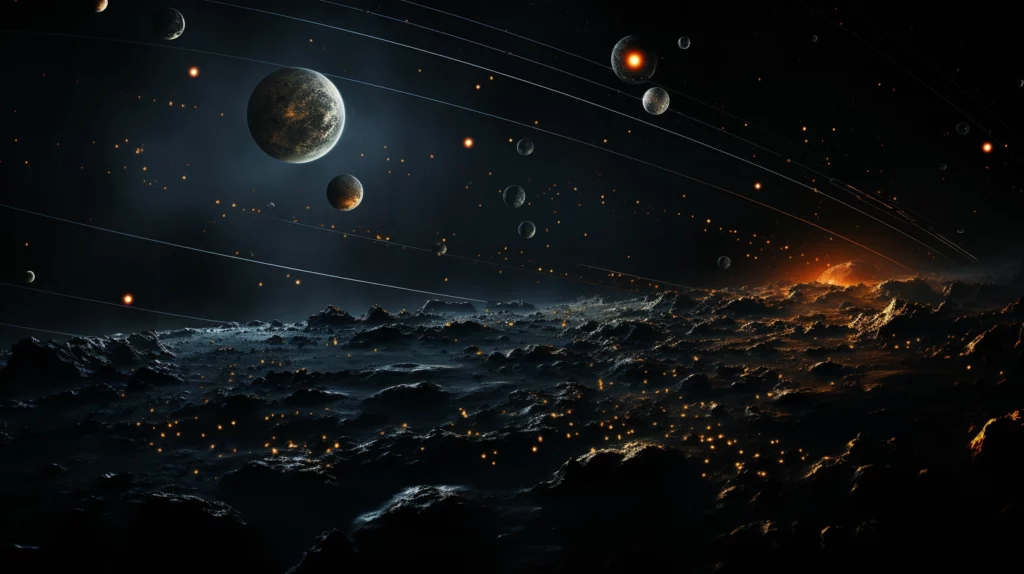
The debate over Pluto will likely continue, with valid science-based perspectives on both sides. But several points are clear:
- Pluto has a complex, layered history giving it many planet-like qualities unlike smaller asteroids and comets.
- But by several metrics, including size, orbit, and failure to gravitationally control its orbital space, it also diverges from the major planets and aligns more with Kuiper Belt denizens.
- No definition can perfectly bifurcate such a spectrum of objects. The IAU’s imperfect criteria attempt to do this, albeit arbitrarily.
- Dwarf planets fill a intriguing intermediate niche between rocky planets/gas giants and smaller solar system bodies.
Perhaps a dual status acknowledging both Pluto’s planetary qualities and its kinship with fellow dwarfs is warranted. Or astronomers may need to develop an entirely new classification scheme as we discover more distant denizens of the Solar System. For now, the great debate goes on.
The Hunt for a True Planet Nine
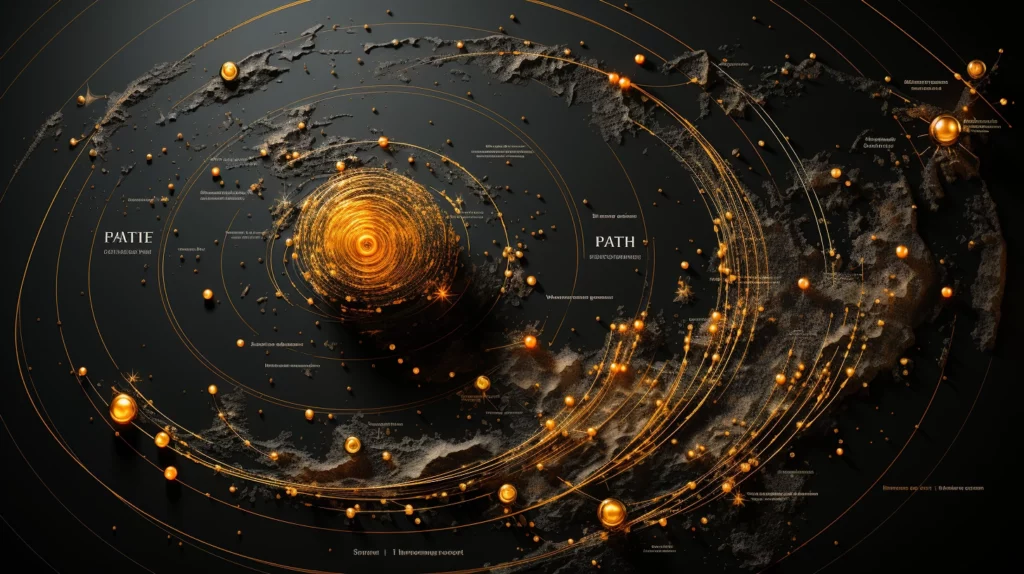
While Pluto’s status remains contested, astronomers have also searched for a larger Planet Nine in the outer Solar System that would unambiguously qualify as a major planet.
In 2014, astronomers noticed several Kuiper Belt objects with strangely tilted orbits and aligned perihelions suggesting an unseen gravitational influence. Caltech researchers inferred this “shepherding” effect could come from an undiscovered Mars to Earth-sized planet orbiting hundreds of AUs from the Sun. This hypothesized Planet Nine could be 5-10 times Earth’s mass based on the observed perturbations.
Searches for Planet Nine have not produced definitive evidence yet. But some astronomers remain convinced an important massive object lurks in the distant darkness, waiting to be found as surveys continue probing the frontier. If discovered, Planet Nine would join the roster of major planets without controversy.
The Solar System surely holds many more surprises, given Pluto itself remained undiscovered until 1930. Perhaps one day a telescope will detect a faint but unmistakable planet far beyond Pluto. Until then, the Kuiper Belt remains a rich hunting ground for dwarf planets highlighting the incredible diversity of worlds in the outer Solar System.
The Discovery of Many More Dwarf Planets
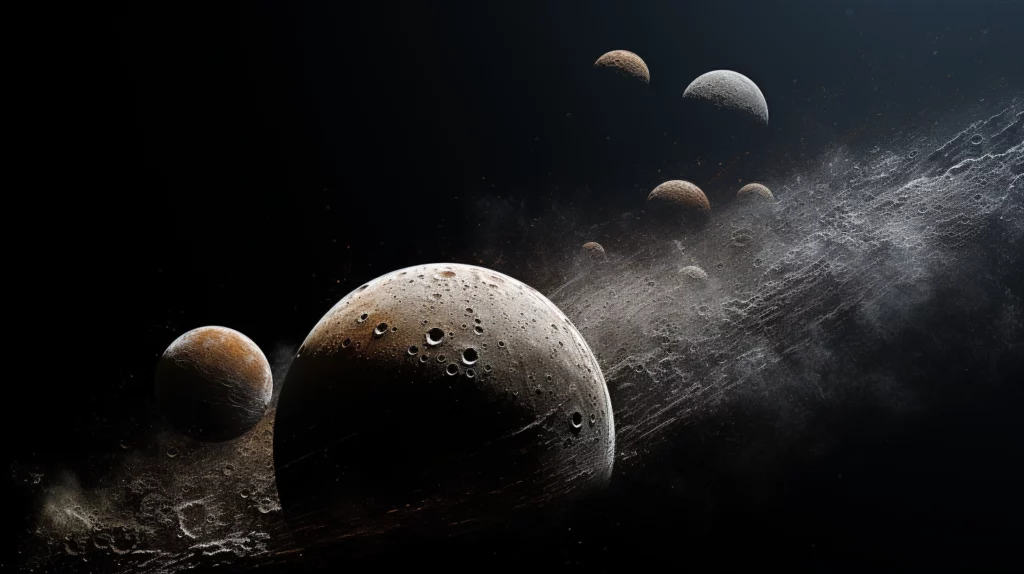
In addition to Pluto and Eris, dozens more dwarf planets have been discovered in the Kuiper Belt in the years since Pluto’s demotion. These new finds further demonstrate the incredible diversity of objects beyond Neptune.
Some notable additions to the dwarf planet category include:
- Haumea – An oblong-shaped world with a rapid rotation speed that was discovered in 2004. It has two small moons.
- Makemake – A bright, reddish dwarf planet found in 2005 that may have an atmosphere and surface methane.
- Quaoar – Discovered in 2002 but not named until later, this small dwarf planet has a moon called Weywot.
- Sedna – One of the farthest known objects in the Solar System with an extremely elongated orbit, Sedna was spotted in 2003.
- Salacia – Another elongated KBO found in 2004 that may have a satellite.
As more survey data comes in, astronomers estimate there may be more than 100 dwarf planets in the Kuiper Belt, with thousands more planetesimals yet to be confirmed. This highlights the prevalence of dwarf planet-sized bodies beyond Neptune.
Studying Dwarf Planets to Understand the Early Solar System
While the dwarf planet classification remains debated, these icy worlds offer key insights into the early days of the Solar System over 4 billion years ago. Understanding their composition and features sheds light on the primordial disk of matter that coalesced into planets.
Objects like Pluto, Eris, and the rest of the dwarf planet population are believed to have formed in the protoplanetary disk beyond Neptune. This region contained more ice and thus could accumulate icy objects up to a mass where gravity made them spherical.
Studying presently known dwarf planets offers astronomers a window into this distant past. Their surfaces and composition provide evidence of earliest Solar System activity. What we learn about their likely migration and collisions also informs models of the dynamics that shaped the planetary arrangement we see today. Dwarf planets serve as a “fossil remnant” preserving conditions from billions of years ago.
Much remains unknown about the dwarf planets and other denizens of the outskirts. But each discovery adds a piece to the puzzle of how our cosmic neighborhood evolved over time. Even an “un-planeting” can advance science and inspire the public imagination.
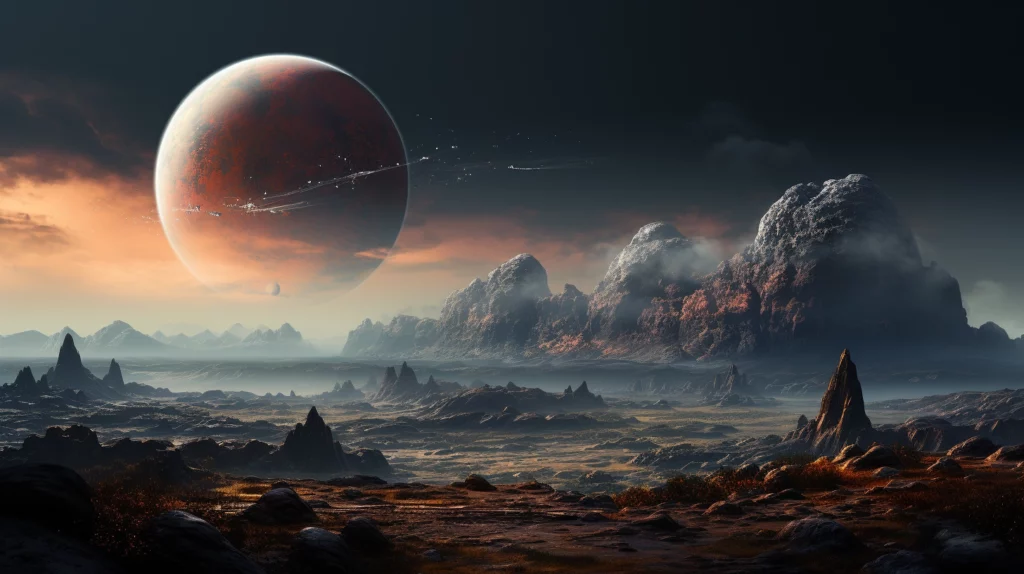
So, is Pluto a planet? Conclusion
The status of Pluto as a planet or dwarf planet remains vigorously debated. But this controversy has brought welcome attention to the dynamically diverse family of worlds beyond Neptune, of which Pluto is the most famous representative. However the IAU ultimately decides to categorize these bodies, one thing is certain – the outskirts of the Solar System are filled with fascinating worlds worthy of exploration.


